Digital Health Tools
Whether apps to track fitness or help patients manage their diabetes, or digital biomarkers to assist researchers in gathering data on clinical trial participants, the continued incorporation of digital health tools proved a boon for patients of all kinds over the course of the last year.
A new report out of the IQVIA Institute for Human Data and Science revealed that mobile health apps, wearable sensors, digital therapeutics and digital biomarkers have surged in usage. Additionally, there is increasing evidence that they help improve health outcomes.
“The proliferation of health apps and digital health tools played an important role in the pandemic,” said Murray Aitken, executive director of the IQVIA Institute for Human Data Science. “As the capabilities and technologies embedded in these tools improve, as the application to patient care and clinical research is extended and as these tools become more of a mainstream part of healthcare delivery, they are poised for greater use throughout the health system.”
According to the report, some 90,000 new apps were released in 2020, with the total number of apps available on major platforms now exceeding 350,000. Within the realm of health, more and more apps focus on healthcare management, as opposed to fitness and wellness. There’s also a larger volume of apps that concentrate on mental health, diabetes and cardiovascular disease.
As for the growing body of evidence that the use of digital health tools can improve patient outcomes, many of the gains have been seen in mental health and diabetes. Apps that help users track their diabetes, for example, have been shown to reduce progression of the disease and improve hemoglobin A1c levels.
Aitken said the benefits extend to other conditions as well. “We know that for opioid use disorder, there are apps that have been used to support patients in terms of reducing their use of opioids,” he explained. “There’s also a good amount of evidence around the use of apps for smoking cessation, for anxiety and for COPD. Those are all examples of where there’s a growing amount of evidence that the use of these apps is helping patients and ultimately improving their clinical outcomes.”
Digital health tools have grown far beyond apps, needless to say, with Aitken especially bullish on the most recent wave of digital therapeutics. More than 250 products are now available, many of which have been approved by regulatory agencies. As a result, they’re beginning to play a more significant role in treatment and clinical trials.
“The advances in digital therapeutics have been aided by improved technology, in terms of sensors that are incorporated into these digital tools,” Aitken said. “In the report we also talk about the increasing use of so-called digital biomarkers, which is where sensors are able to be incorporated into clinical trials, to define endpoints for patients with particular conditions.”
That includes around 438 feasibility studies examining more than 900 distinct biomarkers. Not surprisingly, there’s a growing body of research around the use of digital biomarkers, particularly in neurology, musculoskeletal conditions and sleep disorders.
Digital tools that involve sensors – for movement, mood and activity – hold promise in the areas of dementia and Parkinson’s disease, Aitken added.
“Those can now be used to provide insight into the day-to-day functional living of older people and can be tremendously valuable in helping people stay independent longer than they might otherwise be,” he said. “Particularly when you apply artificial intelligence to the stream of data that can come from those devices, it can be very helpful in predicting progression of disease.”
Despite growing evidence of effectiveness, practical barriers that prevent widespread adoption of digital health tools remain. One major challenge is integrating the tools into physician workflows, given that there’s no standard approach to assessing apps and choosing which ones are most appropriate for a particular patient. There’s also a need to create a more streamlined approach for regulatory bodies as they seek to clarify review and approval pathways.
Still, Aitken stressed that the pandemic “has given a window into the possible.” That’s why he believes that, as digital health tools become more and more pervasive, those obstacles will disappear over time.
“To the extent that the door has been opened, we’ve had this experience of working more virtually with digital tools – and the evidence is that it actually works pretty well,” Aitken said. “There will be a reduction in barriers that we’ve historically seen, including around reimbursement.”
A greater appreciation for the capabilities and quality of the technology should help fuel growth and break down resistance as well. “There’s a broader awareness among patients, clinicians, caregivers and payers of the benefits that can come from a greater embrace of digital health tools,” Atiken added.










